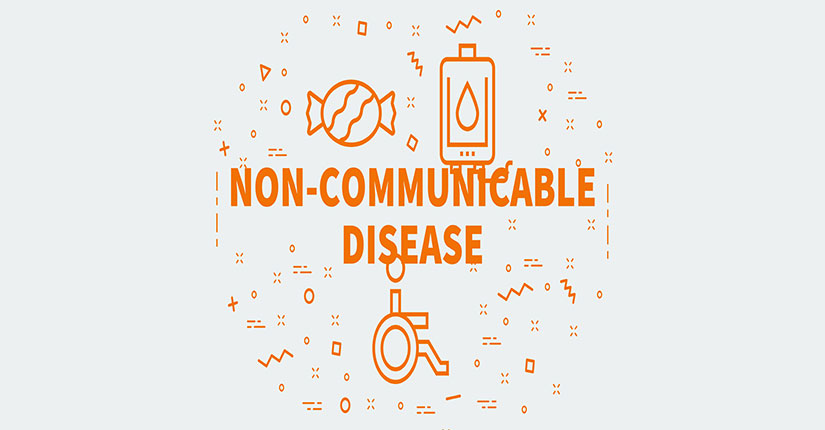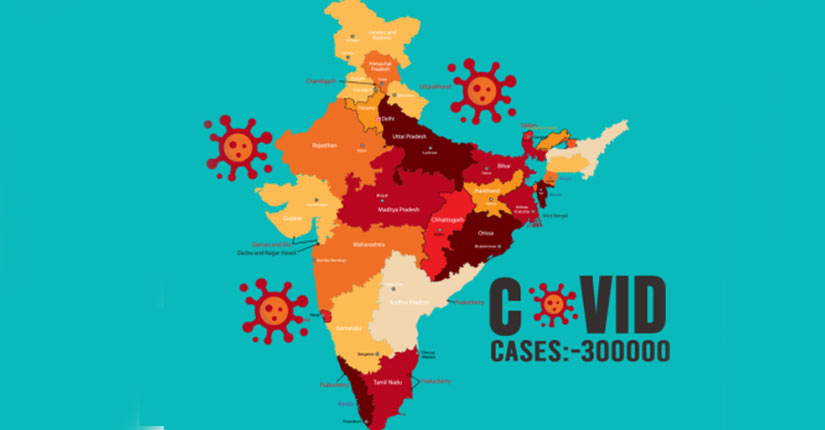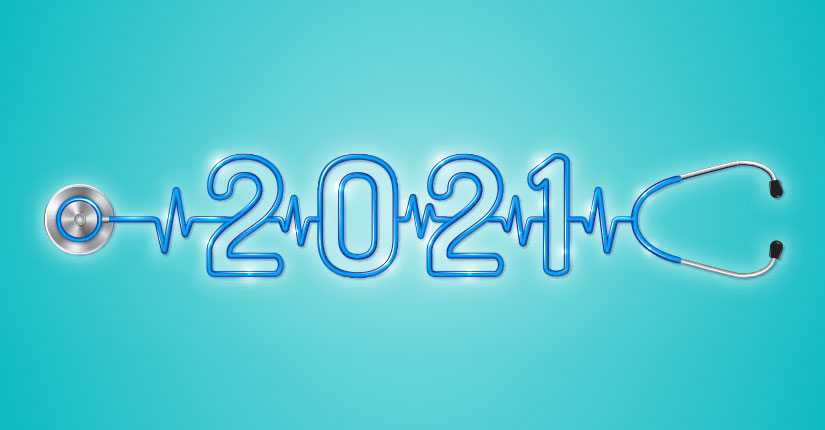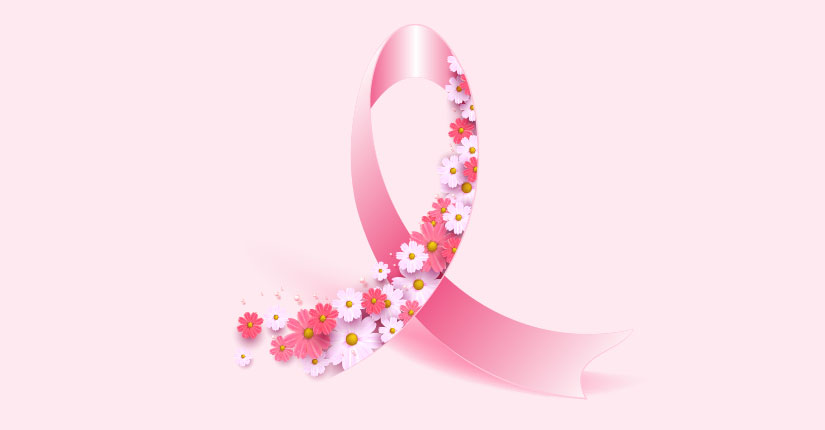WHO Tweeted About The General Information of Endometriosis To Aware Everyone
By Nmami Agarwal 24-Mar 2022 Reading Time: 4 Mins
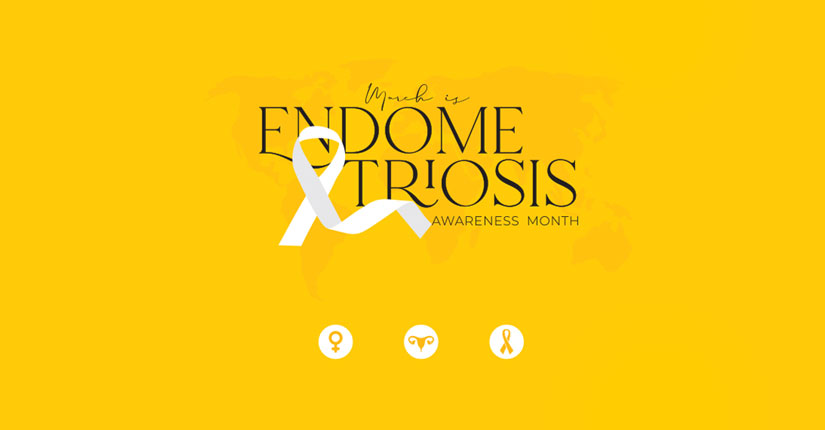
According to the World Health Organisation, endometriosis is a disease characterised by the presence of tissue resembling endometrium (the lining of the uterus) outside the uterus. It causes a chronic inflammatory reaction that may result in the formation of scar tissue (adhesions, fibrosis) within the pelvis and other parts of the body. It affects roughly 10% of reproductive-age women and girls globally.
Symptoms
Symptoms associated with endometriosis vary and includes :
- painful periods
- chronic pelvic pain
- pain during and/or after sexual intercourse
- painful bowel movements
- painful urination
- fatigue
- depression or anxiety
- abdominal bloating and nausea
Causes
Endometriosis is a complex disease that affects some women globally, from the onset of their first period (menarche) through menopause regardless of ethnic origin or social status. At present endometriosis is thought to arise due to:
- Retrograde menstruation is when menstrual blood containing endometrial cells flows back through the fallopian tubes and into the pelvic cavity at the time that blood is flowing out of the body through the cervix and vagina during periods. Retrograde menstruation can result in endometrial-like cells being deposited outside the uterus where they can implant and grow.
- Cellular metaplasia is when cells change from one form to another. Cells outside the uterus change into endometrial-like cells and start to grow.
- Stem cells give rise to the disease, which then spreads through the body via blood and lymphatic vessels.
Other factors may also contribute to the growth or persistence of ectopic endometrial tissue. For example, endometriosis is known to be dependent on estrogen, which facilitates the inflammation, growth, and pain associated with the disease. However, the relationship between estrogen and endometriosis is complex since the absence of estrogen does not always preclude the presence of endometriosis.
Diagnosis
A careful history of menstrual symptoms and chronic pelvic pain provides the basis for suspecting endometriosis. Although several screening tools and tests have been proposed and tested, none are currently validated to accurately identify or predict individuals or populations that are most likely to have the disease.
Treatment
Treatment can be with medications and/or surgery depending on symptoms, lesions, desired outcome, and patient choice. Contraceptive steroids, non-steroidal anti-inflammatory medications, and analgesics (painkillers) are common therapies. All must be carefully prescribed and monitored to avoid potentially problematic side effects.
Footnote:
Endometriosis is a serious condition and can lead to a very uncomfortable lifestyle. At present, there is no known way to prevent it but early diagnosis and a healthy lifestyle can help manage it.


